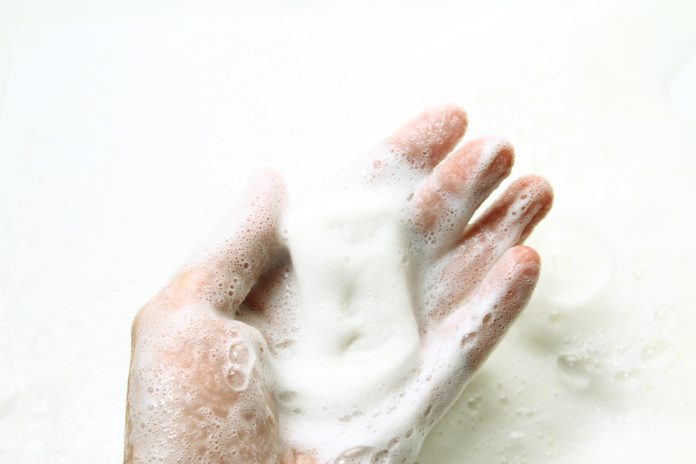What is an Anionic Surfactant
Anionic Surfactants are simply very strong and effective cleansers used in a variety of applications, including on the hair and body. You might be inclined to refer to these surfactants as simply being a type of soap, and they are, but they are also much more than that.
Chemically, the anionic group of surfactants belongs to a negatively charged hydrophilic polar group. These include names you might have noticed on your shower gel and shampoo bottles like sodium laureth sulfate, ammonium lauryl sulfate, sodium lauryl sarcosinate, sodium myreth sulfate, and sodium pareth sulfate. The group contains many more compounds that are incredibly valuable in cleansers.
Very Good at Their Job
They do a very good job of stripping away the sweat, sebum, and dirt from the hair and skin. It’s almost too good of a job. These are strong cleaners that may cause an increase in negative electrical charges on the skin and hair, which may result in increased friction and frizzy hair.
To minimise this effect, other surfactants, referred to as secondary surfactants, may be added to your shower gel or shampoo. This partially explains the long list of shampoo ingredients. The manufacturer uses many ingredients not because they have to in providing effective cleaners, but because of the consumer’s desire to have a specific result after the cleaning application.
Customising the Application
Chemistry is a reactive science. Compounds combined with other compounds can cause a physical or chemical reaction. By studying these reactions, the chemist learns which compounds create favourable reactions and concentrate on developing these. A shampoo advertising clean, smooth, and bouncing, shiny hair has to be formulated to deliver all these qualities. The clean part is simple. The anionic surfactant in the shampoo will easily clean the hair. But it also may do too good of a cleaning job and make the hair brittle and rough.
A conditioner added to the shampoo would solve this problem, but conditioners might belong to a class of compounds that don’t react well with surfactants. So, the chemist adds a third compound to the formula that negates the reaction between the first two compounds. Chemistry is the science of seeking a favourable balance of compounds that provides a desired result. They may add a cationic surfactant with a positive charge or a neutral surfactant that has no charge at all. They may take other measures completely that result in positive reactions they’ve noticed in other applications.
The chemist customises the shampoo to achieve the goals desired by the customers by achieving a balance of reactions between the compounds in the shampoo.
KLK Oleo
KLK Oleo produces quality anionic surfactants for use in products all over the world. With our integrated oleochemical complexes in Malaysia, Indonesia, China, and Europe, and our workforce of over 3,000 people worldwide, KLK Oleo provides our range of products to the cosmetic industries in over 120 countries. Contact KLK Oleo if you have a need for surfactants, or any of the many other products we produce.



 Bitcoin
Bitcoin  Ethereum
Ethereum  Tether
Tether  XRP
XRP  Solana
Solana  USDC
USDC  TRON
TRON  Lido Staked Ether
Lido Staked Ether  Cardano
Cardano  Avalanche
Avalanche  Toncoin
Toncoin